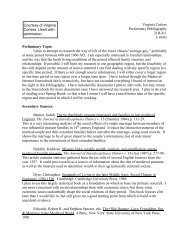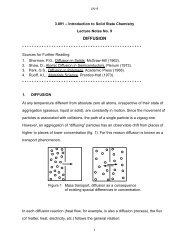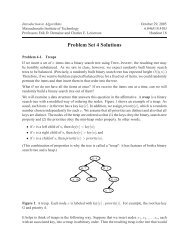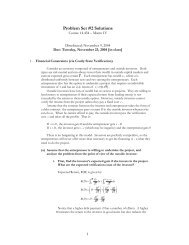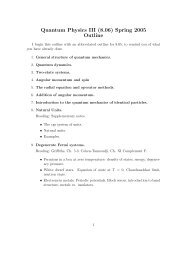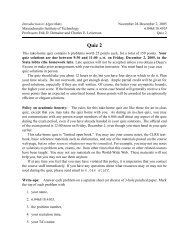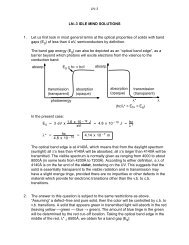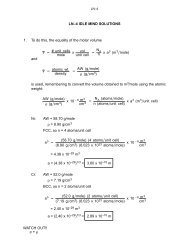Using Foreign Languages in the Middle Ages
Using Foreign Languages in the Middle Ages
Using Foreign Languages in the Middle Ages
You also want an ePaper? Increase the reach of your titles
YUMPU automatically turns print PDFs into web optimized ePapers that Google loves.
2 Old English and Old Norse. Historians have long debated <strong>the</strong> extent to which English<br />
and Norse speakers <strong>in</strong>teracted, but careful studies of <strong>the</strong> l<strong>in</strong>guistic situation are relatively<br />
recent. Mat<strong>the</strong>w Townend analyzed onomastic (name) evidence, contemporary AngloSaxon<br />
sources, and Norse sagas (which took place dur<strong>in</strong>g this period, but were not written down<br />
until <strong>the</strong> 14th century) for <strong>in</strong>formation on NorseEnglish relations. He argues for “a situation<br />
3<br />
of adequate mutual <strong>in</strong>telligibility between speakers of Norse and English <strong>in</strong> <strong>the</strong> Vik<strong>in</strong>g Age”<br />
– <strong>the</strong> phonological systems of <strong>the</strong> two languages were similar enough that speakers of one<br />
language could learn to understand words spoken <strong>in</strong> <strong>the</strong> o<strong>the</strong>r. In this view, supported<br />
4 by archaeological evidence, Vik<strong>in</strong>g Age England was a divided society. Bil<strong>in</strong>gualism was<br />
societal, but not <strong>in</strong>dividual – <strong>the</strong> two groups rema<strong>in</strong>ed largely separate and spoke different<br />
languages, although each language had uses common to both races. Old Norse was <strong>the</strong> court<br />
and adm<strong>in</strong>istrative language of Scand<strong>in</strong>avian rulers of England, such as Canute (10161035).<br />
Bards from AngloSaxon and Old Norse poetic traditions competed at court, and had some<br />
familiarity with each o<strong>the</strong>r’s repertoire. All writ<strong>in</strong>g had to be done <strong>in</strong> Lat<strong>in</strong> or AngloSaxon,<br />
s<strong>in</strong>ce Old Norse was not yet written. When Old Norse disappeared from England <strong>in</strong> <strong>the</strong> 11th<br />
century, it left beh<strong>in</strong>d a wealth of place names, but little o<strong>the</strong>r residue on English, a typical<br />
5<br />
pattern <strong>in</strong> societies with little contact between conquer<strong>in</strong>g and conquered peoples.<br />
At least one author has argued for mutual <strong>in</strong>telligibility among most Germanic languages<br />
2Nei<strong>the</strong>r language was completely standardized at this po<strong>in</strong>t, but <strong>the</strong> different English dialects were much<br />
more similar to each o<strong>the</strong>r than to Scand<strong>in</strong>avian ones, and vice versa. The same holds true for most pairs<br />
of languages <strong>in</strong> this essay.<br />
3Townend (2002), p. 182.<br />
4Bibere (2001) also supports this view.<br />
5Townend (2002), Chs. 1, 6.<br />
3



![18.03 Class 21, April 3 Fun with Fourier series [1] If f(t) is any decent ...](https://img.yumpu.com/51148985/1/190x245/1803-class-21-april-3-fun-with-fourier-series-1-if-ft-is-any-decent-.jpg?quality=85)

